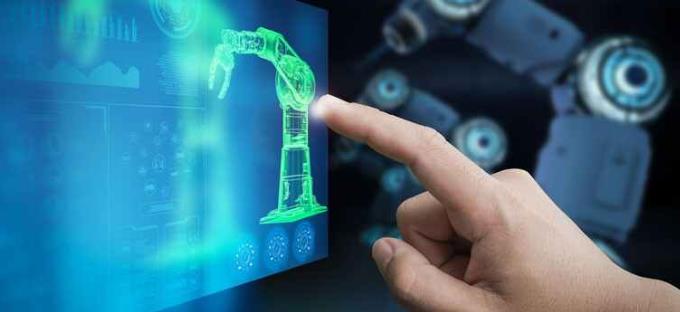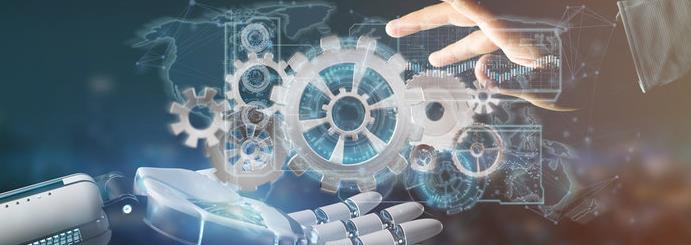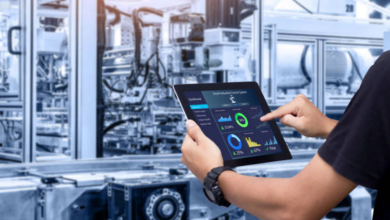
HMI Software
The Human Machine Interface, or HMI, is the software interface between a human operator and a machine. In other words, it is the graphical interface that allows a user to interact with a machine, such as a computer, cell phone, or industrial control system.
The HMI software market is growing at a rapid pace as the need for more intuitive and user-friendly interfaces increases.
There are many different types of HMI software available on the market today. Each type of software has its unique benefits that can be leveraged by businesses to improve their operations. We will explore the different types of HMI software available and the benefits that each type of software can provide. By understanding the different types of HMI software available and the benefits that each type of software can provide, businesses can make more informed decisions about which type of software is right for their needs.
- Web-based HMI software: This type of HMI software can be accessed from any web browser. It is usually very user-friendly and easy to set up. However, it may not be as flexible as other types of HMI software and may not have all the features you need.
- Desktop HMI software: This type of HMI software is installed on a computer and typically has more features than web-based HMI software. However, it can be more difficult to set up and may require more training to use.
- Mobile HMI software: This type of HMI software can be used on mobile devices such as smartphones and tablets. It is often very user-friendly and can be very helpful in remote locations.
Interface manufacturing is a critical part of the electronics industry. As electronic products become more sophisticated, the demands placed on their interfaces are increasing. This is particularly true for products that are used in mission-critical applications, where a failure of the interface could have catastrophic consequences.
Human interface manufacturing services can help to ensure that products meet the highest standards for quality and reliability. These services can also help to reduce the cost of manufacturing by optimizing the production process.

The Importance of HMI
The importance of HMI, or Human Machine Interaction, cannot be understated. In our increasingly technology-driven world, it is more important than ever that we develop ways to improve communication and collaboration between humans and machines.
HMI can help us to achieve this by reducing the need for manual input, providing real-time feedback, and creating a more intuitive user interface. By improving communication between humans and machines, we can increase efficiency, productivity, and safety in a wide range of industries.
Many factors contribute to the success of a Human Machine Interface (HMI). The most important factors are the quality of the interface design, the user-friendliness of the interface, and the ability of the interface to meet the needs of the user.
A well-designed HMI will be easy to use and understand while also being able to provide the user with the information they need. A good HMI will make it easy for the user to interact with the machine and will provide feedback that is clear and concise. The interface should be designed to be as intuitive as possible so that the user can quickly learn how to use it.
Conclusion
HMI Software designs, develop and markets high-end automation software for the semiconductor industry. The products are introduced in different market segments and based on different technologies.





